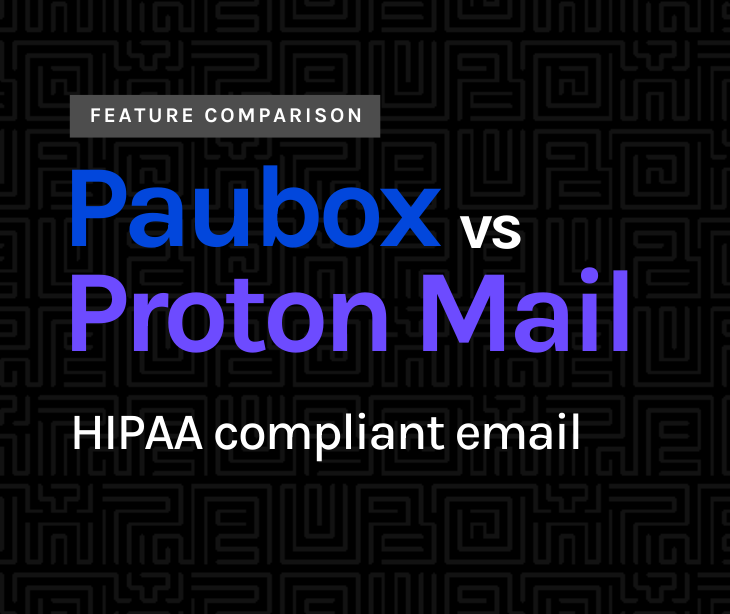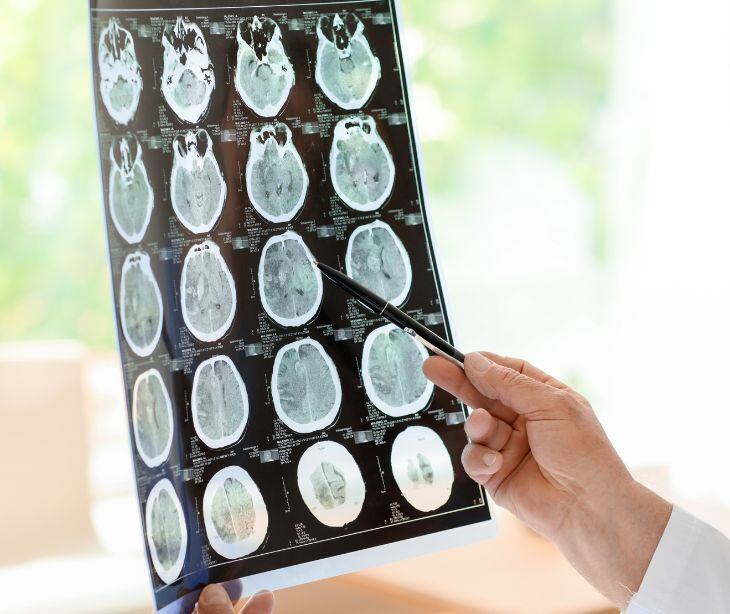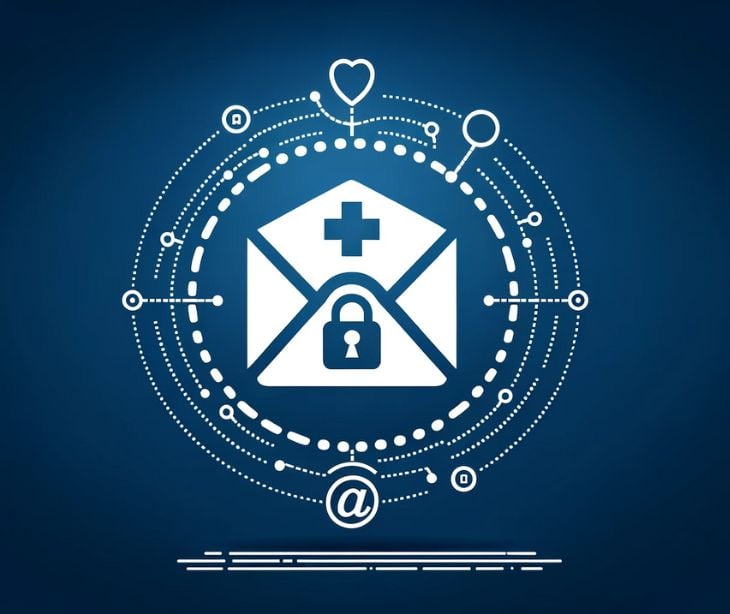
Understanding the three pillars of effective multichannel communication helps create clear and unified messages across all platforms. These pillars provide a smooth and engaging experience for users.
What is multichannel communication?
Based on an MDPI study, “A multichannel interaction service is a practice whereby organizations communicate and interact with their existing customers and potential new customers through different channels.”
A multichannel communication strategy in healthcare uses diverse platforms to deliver messages effectively to different audiences. This combines digital and traditional media channels, including emails, social media platforms, SMS, automated voice messages, and direct in-person consultations. The primary purpose of this strategy is to boost patient engagement by making healthcare communication more accessible and tailored to individual needs.
An example of how multichannel communication can be tailored is that younger patients can receive vaccination reminders via SMS or social media notifications. Older patients, on the other hand, might get these reminders through automated calls or letters. Multichannel communication also provides consistency of the information provided across all channels, which helps build trust and reliability in healthcare services.
The three pillars of multichannel communication
Dynamic channels for engaging communication
Dynamic channels allow for real-time, personalized communication that can respond quickly to patient needs and feedback. For example, interactive apps can provide instant health advice or updates on appointment schedules, enhancing patient engagement and satisfaction.
Email and text messaging are two of the most effective and dynamic communication options available to healthcare providers. Their strength lies in their ability to deliver timely, relevant information in a way that complements other communication methods.
Email is versatile, allowing for delivering detailed information such as healthcare tips, appointment summaries, and newsletters that keep patients informed and engaged. Text messaging, on the other hand, offers immediacy.
Nonlinear journey with seamless communication
A nonlinear journey refers to a user's interaction with a brand or service across various communication channels that doesn't follow a strict, linear path but instead happens in a fluid and dynamic way.
For instance, consider a patient managing a chronic condition. Their journey might begin by seeing a social media post about new treatment options. Later, they could search for more in-depth information on a medical website, sign up for an email newsletter to get updates, and finally speak with a healthcare provider via a video call arranged through an SMS reminder. At each step, the information they receive is consistent and builds on previous interactions, even though their path isn't predetermined or linear.
This type of communication strategy requires sophisticated coordination behind the scenes. There is the requirement that messaging remains consistent across channels while being responsive to the user's actions. It uses data analytics to understand user behaviors and preferences, allowing organizations to predict what information a user might need next and present it in a way that feels natural and unforced.
Giving patients choice in communication channels
- Customized content preferences: Allow patients to choose the types of content they want to receive via HIPAA compliant email and HIPAA compliant text messaging.
- Urgency settings for messages: Implement a system where patients can define what they consider urgent.
- Message frequency options: Patients can choose how often they receive communication. Some patients might prefer a weekly digest of emails, whereas others might like real-time updates as soon as new information is available.
- Interactive text messages: Text messages can be used for both sending and receiving information. Patients can reply to texts to confirm appointments, ask quick questions, or update personal information.
- Email customization features: Provide options in email communications for patients to select themes or topics of interest.
- Responsive text support: Enable a service where patients can text a keyword to receive specific information or perform certain actions. For example, texting 'APPT' could fetch their next appointment details, or 'HELP' could provide them with contact information for immediate assistance.
- Opt-in and opt-out flexibility: Patients should be able to opt in or out of different types of messages directly from their phone or email without needing to log into a separate account.
- Time-sensitive messaging preferences: Allow patients to set preferences for when they receive messages, recognizing that some prefer not to receive non-urgent communications during certain hours or on weekends.
See also: Top 12 HIPAA compliant email services
FAQs
What is HIPAA?
This law protects an individual's medical records and other personal health information.
Does every organization have to implement multichannel communication?
Not every organization needs to implement multichannel communication; it depends on its specific goals, audience, and resources.
Why are patient portals not the best option for multichannel communication?
Patient portals are not the best option for multichannel communication because they often require internet access and logins, which can be barriers for some patients.
Subscribe to Paubox Weekly
Every Friday we'll bring you the most important news from Paubox. Our aim is to make you smarter, faster.




